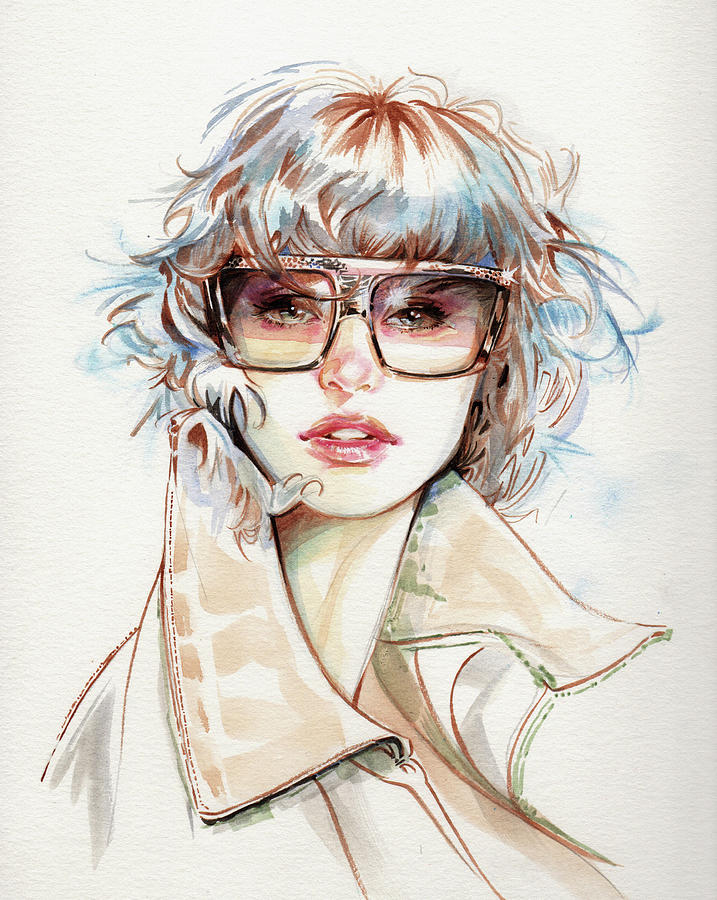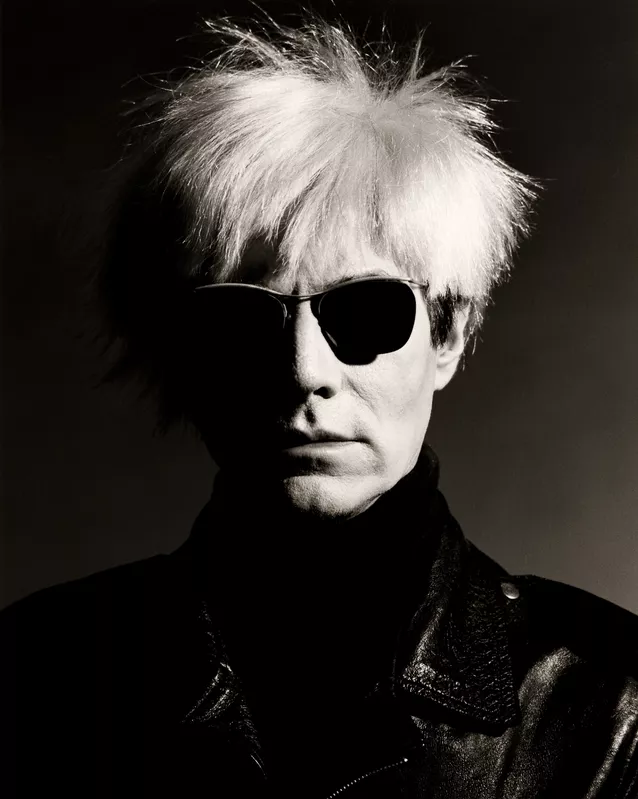 |
||||
|
6 Tips for Choosing Good Sunglasses
Just as important as the skin is protecting the eyes from solar radiation. Therefore, choosing quality sunglasses is essential to take care of your eyesight. The good weather arrives and with it, the desire to buy new sunglasses in line with fashion. However, a large part of the glasses sold in our country do not pass the necessary health and quality controls (approximately 70% of the total). That is why it is very important to look, in addition to aesthetics, at the quality to protect our eyes from the sun's rays. It is a good idea to have an eye specialist supervise the purchase. In order to achieve the objective of the sun lens protecting our eyes in the best possible way, it must be perfectly adapted to the face: the frame must not be off-centre or far from the face. 6 Tips for Choosing Good Sunglasses 1. Make sure that your sunglasses protect you from UVA and UVB rays, checking that one of the temples shows the "CE" approval, which indicates that they are made in accordance with the standards of the European Community and, therefore, guarantee a safe use. The safety standards of sunglasses are higher than ordinary eyeglasses. 2. Choose the color of the lens well. Although the issue of choosing the color is something subjective that depends on the sensitivity of each eye, it is related to the activity that you carry out that differences can be noticed depending on the tone. For example, brown and green colors are perfect for the city and gray or blue ideal for daytime driving. 3. Check the protection of your glasses. The numbering (0-4) informs about the category of the lens. This classification is based on the amount of visible light possessed by the lenses. Categories 0,1 and 2 offer lower protections and are ideal for the city or for cloudy environments. Lenses with categories 3 and 4 are indicated for sunny environments, for driving, sea and high mountains, since they only allow between 3 and 8% of the light to pass through. This information must also appear on one of the temples of the glasses. 4. Anti-reflective glass: This type of glass is always recommended, since reflections reduce transparency and reduce visual quality. Solar lenses usually have it on the inside and in this way they get less dirty while maintaining the same properties. 5. Polarized glasses. It is important to note that polarized lenses block the light that reaches us horizontally, for example that reflected by the sea. This type of glass is the most recommended for high seas or high mountains, since the reflection of snow and sea is almost 100%. 6. Mirrored glasses: They are a very good option if the light bothers you a lot, since they reflect the excess of light, thus allowing a relaxed vision. After all, invest in very high quality sunglasses because the health of your eyes is priceless. If you ask us to recommend the best ones, of course Versace sunglasses and eyeglasses are always on our list.
|
|
|||
|
|
||||
A Visionary Canvas: Glasses and Sunglasses as Artistic StatementsBy Chaz G. T. Patto - June 2023.
The evolution of eyewear, encompassing both glasses and sunglasses, has transcended their functional purpose to become iconic accessories that reflect the ever-changing styles and trends of the art world. From their humble beginnings as practical tools for visual aid to their status as fashion-forward statements, glasses and sunglasses have not only served as practical objects but also inspired and influenced artists throughout history. This article explores the fascinating history of glasses and sunglasses as art pieces, tracing their journey from utilitarian objects to veritable works of art. The Origins of Eyewear: Eyewear can trace its roots back to the ancient world, where early civilizations devised crude methods to improve vision. The first recorded use of glasses dates back to 13th-century Italy, where spectacles were developed to alleviate visual impairments. However, it wasn't until the Renaissance that glasses became more common, influencing artists and their depictions of the world. The Art of Craftsmanship: As eyewear gained popularity, artisans began to explore the artistic potential of glasses frames. During the 18th and 19th centuries, eyeglasses transitioned from functional objects to intricate pieces of art, with ornate frames crafted from materials like tortoiseshell, silver, and gold. These frames were often embellished with delicate engravings and filigree work, showcasing the fusion of functionality and artistic expression. Spectacles in Artistic Portrayals: Glasses and spectacles have made appearances in numerous artworks, becoming symbols of intellectual pursuits and scholarly endeavors. Painters like Rembrandt, Van Eyck, and Vermeer often depicted individuals wearing glasses, adding a touch of sophistication and erudition to their subjects. These portrayals demonstrated how eyewear could signify intelligence and a quest for knowledge, thereby becoming an integral element of artistic composition. The Birth of Sunglasses: Sunglasses, initially designed to protect the eyes from sunlight, underwent a significant transformation in the 20th century. It was during this time that sunglasses transcended their utilitarian purpose to become fashion accessories. Artists and designers recognized their potential for self-expression, resulting in innovative and bold designs that blurred the line between eyewear and art. Sunglasses as Artistic Statements: Throughout the 20th century, sunglasses became symbols of individuality and style, embraced by artists as a means of self-expression. Visionaries such as Andy Warhol, Salvador Dali, and Grace Jones turned sunglasses into iconic fashion statements, incorporating them into their persona and artistic brand. These artists elevated sunglasses to the realm of art, using them as tools to challenge convention and redefine aesthetics. Contemporary Artistic Eyewear: In recent years, eyewear designers have pushed the boundaries of creativity, transforming glasses and sunglasses into art pieces themselves. Collaborations between fashion houses and artists have resulted in limited-edition collections that merge art and eyewear seamlessly. From avant-garde designs to bold color combinations, these artistic eyewear pieces reflect the current cultural climate and provide wearers with a distinctive way to express their individuality. Conclusion: The history of glasses and sunglasses as art pieces showcases their enduring appeal and significance in the art world. From their origins as functional objects to their transformation into fashion-forward accessories, eyewear has evolved to embody artistic expression and individuality. As artists continue to push boundaries and merge fashion with art, it is evident that glasses and sunglasses will remain a captivating canvas for creative exploration in the years to come.
|
||||

